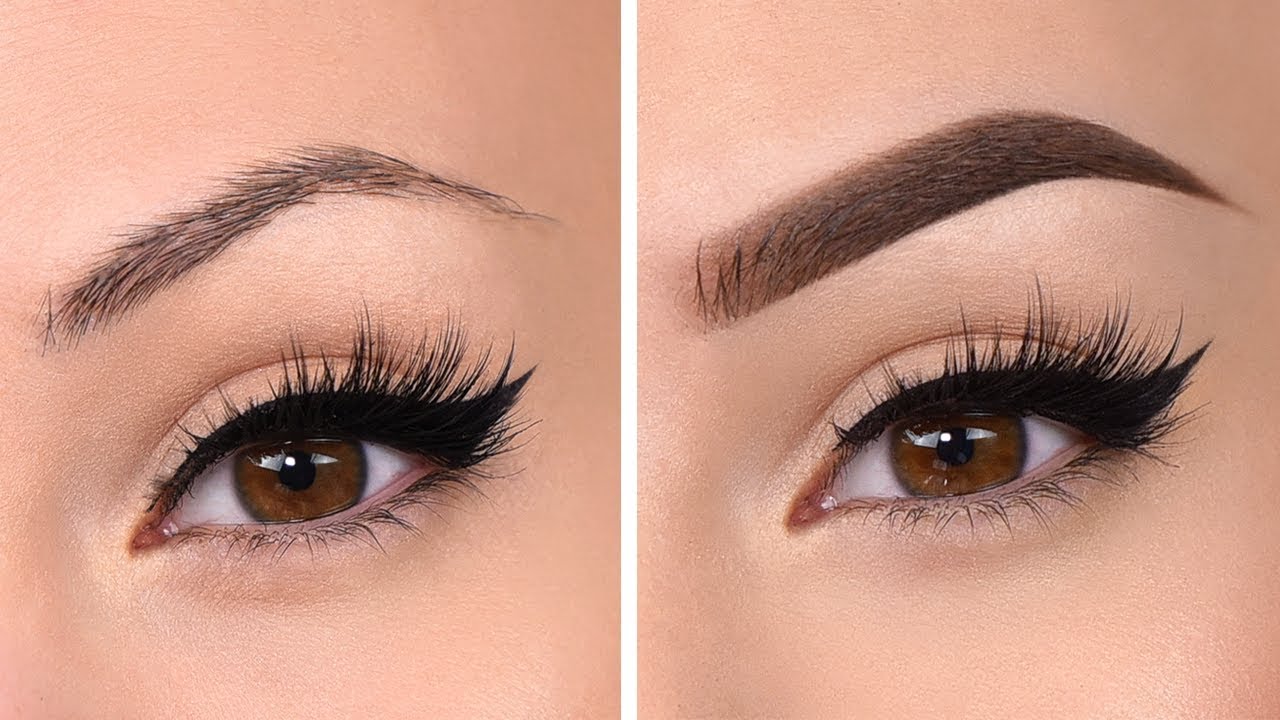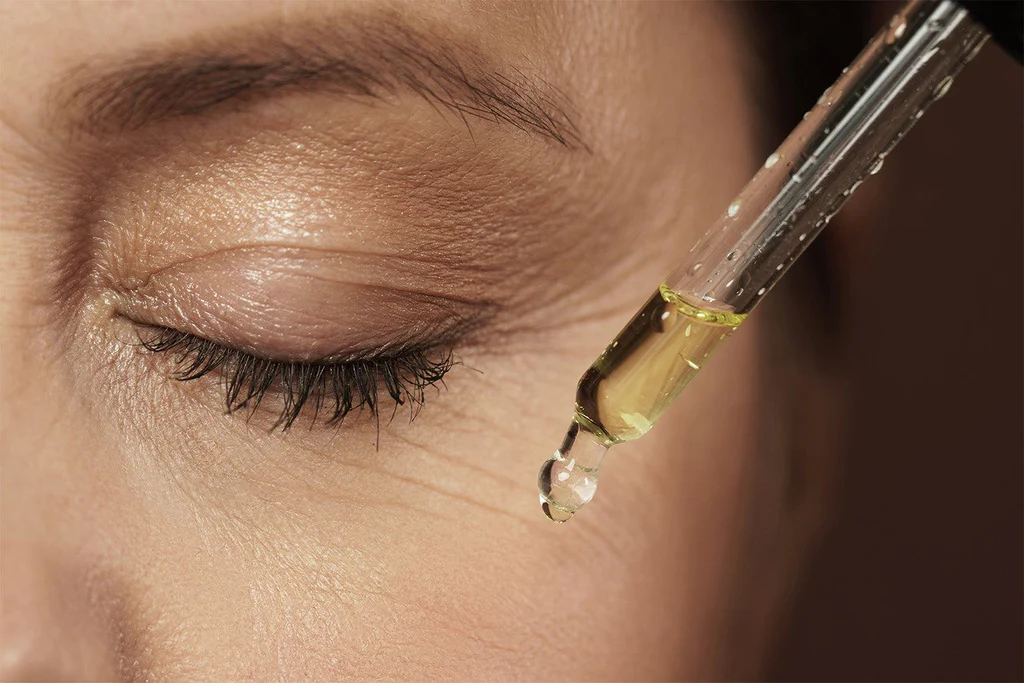
 By
Your Beauty Plug
By
Your Beauty Plug
Bimatoprost is a prescription medicine that belongs to a class of drugs called prostaglandin analogs. It works by increasing the outflow of fluid from the eye, thereby lowering the pressure inside the eye. This can help prevent or treat glaucoma, a condition that causes damage to the optic nerve and vision loss. Bimatoprost can also be used to improve the appearance of the eyelashes by making them longer, thicker, and darker. In this blog post, we will answer some of the most common questions about bimatoprost, such as:
Bimatoprost is used for two different purposes: to treat high pressure in the eye (ocular hypertension) and to enhance eyelash growth (hypotrichosis). Depending on the indication, bimatoprost is available in different formulations and strengths. For ocular hypertension, bimatoprost is sold under the brand name Lumigan and comes in eye drops of 0.1mg/ml or 0.3mg/ml. For eyelash growth, bimatoprost is sold under the brand name Latisse and comes in a solution of 0.03mg/ml that is applied to the upper eyelid margin with a sterile applicator. Bimatoprost may also be combined with another medicine called timolol, a beta blocker that lowers eye pressure, in a product called Ganfort or Eyzeetan.
Bimatoprost is approved by the U.S. Food and Drug Administration (FDA) and other regulatory agencies for the treatment of hypotrichosis, which is a condition of inadequate or insufficient eyelashes. Bimatoprost has been shown to increase eyelash length, thickness, and darkness in clinical trials. However, bimatoprost is not a cosmetic product and should only be used under the supervision of a doctor. Bimatoprost can cause some side effects, such as:
Therefore, it is important to follow the instructions on how to use bimatoprost correctly and to report any adverse effects to your doctor.
Bimatoprost for eyelash growth is applied once a day, usually in the evening, to the base of the upper eyelashes. You should not apply bimatoprost to the lower eyelashes, as this may increase the risk of side effects. To apply bimatoprost, you will need a sterile, single-use applicator that comes with the product. Do not reuse or share the applicator, as this may cause infection or contamination. Here are the steps to apply bimatoprost:
Bimatoprost is not approved for use on eyebrows and there is not enough evidence to support its effectiveness or safety for this purpose. Some studies have suggested that bimatoprost may stimulate eyebrow growth in some people, but the results are inconsistent and the optimal dose and frequency are unknown. Moreover, bimatoprost may cause unwanted hair growth on other parts of the face or body if it comes into contact with the skin. Therefore, it is not recommended to use bimatoprost on eyebrows unless advised by your doctor.
Bimatoprost does not work overnight and it may take several weeks or months to see noticeable results. According to clinical trials, bimatoprost users experienced an average increase of 25% in eyelash length, 106% in eyelash thickness, and 18% in eyelash darkness after 16 weeks of treatment. However, individual results may vary and some people may not respond to bimatoprost at all. It is also important to note that bimatoprost does not permanently change your eyelashes and the effects will wear off gradually if you stop using the product. Therefore, you will need to continue using bimatoprost as long as you want to maintain the eyelash growth.
Bimatoprost is not suitable for everyone and some people may have contraindications or precautions to use it. You should not use bimatoprost if you are allergic to bimatoprost or any of the ingredients in the product. You should also consult your doctor before using bimatoprost if you have any of the following conditions:
You should also tell your doctor about any other medicines, supplements, or herbal products that you are taking, as they may interact with bimatoprost and affect its effectiveness or safety. Some of the medicines that may interact with bimatoprost include:
Bimatoprost is a medicine that can help lower eye pressure and improve eyelash growth. However, it is not a cosmetic product and it should be used with caution and under the guidance of a doctor. Bimatoprost can cause some side effects, such as eye irritation, color changes, and unwanted hair growth, and it may not work for everyone. Therefore, it is important to follow the instructions on how to use bimatoprost correctly and to monitor your eye health and eyelash condition regularly. If you have any questions or concerns about bimatoprost, you should always consult your doctor or pharmacist.




